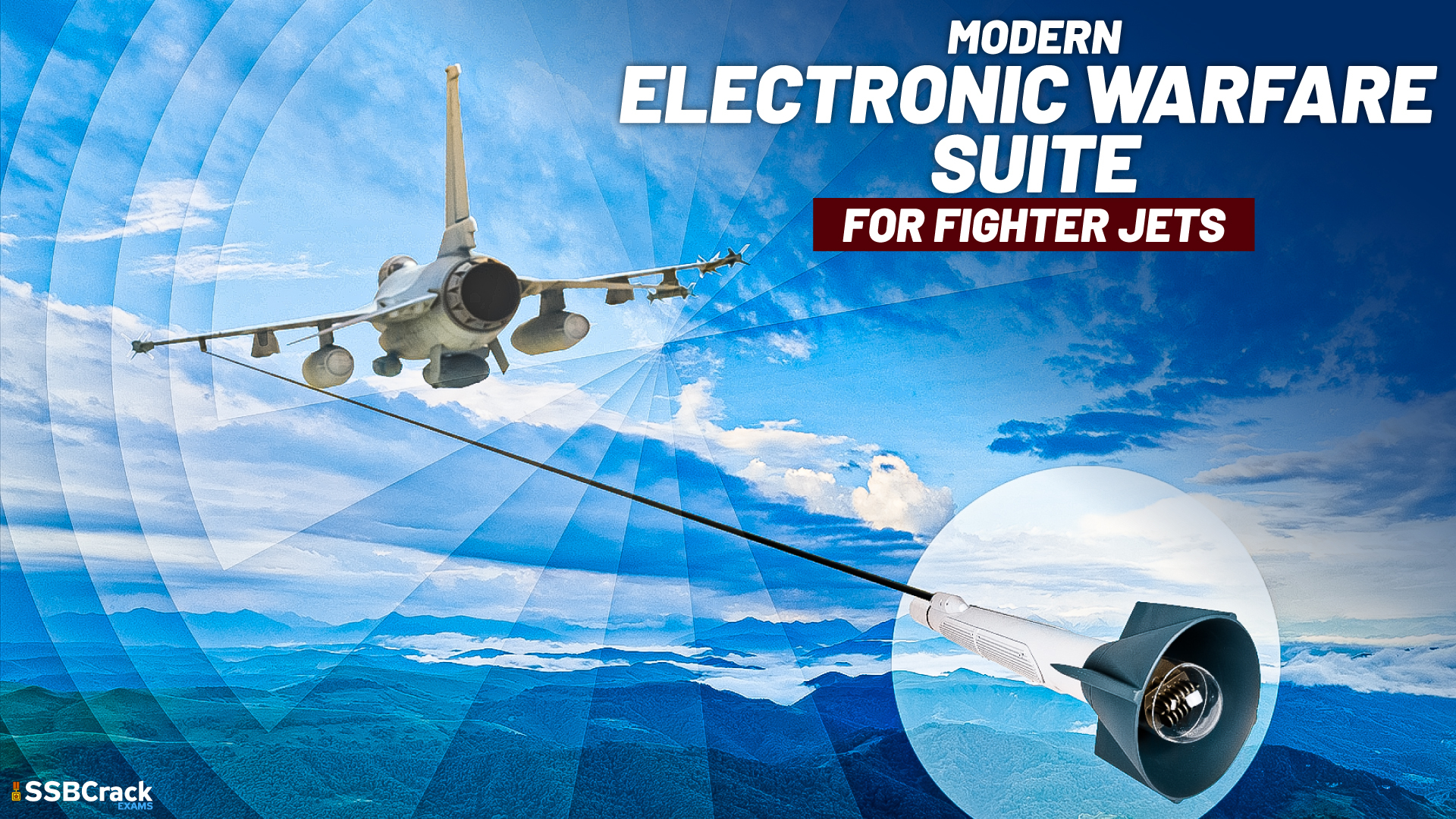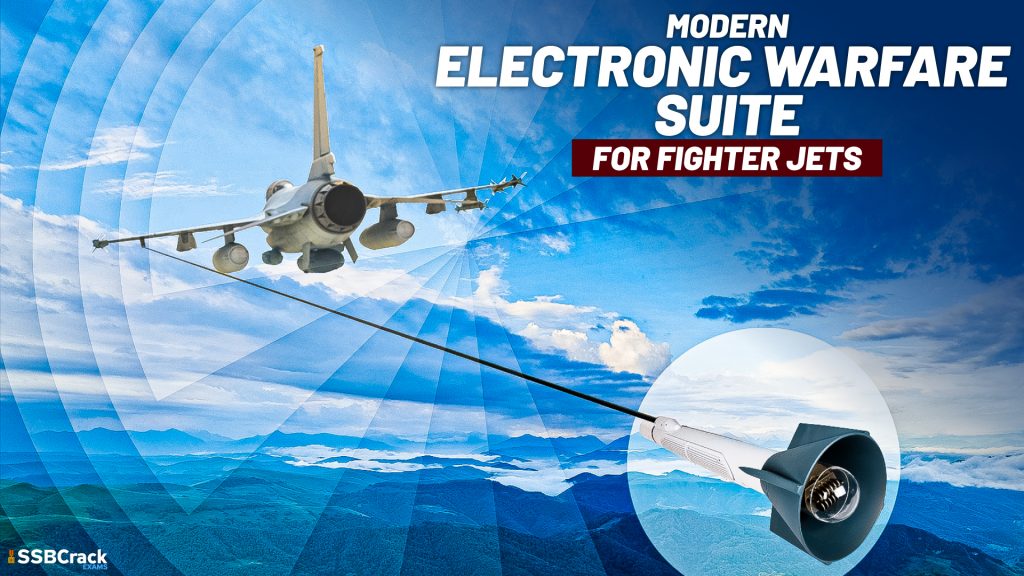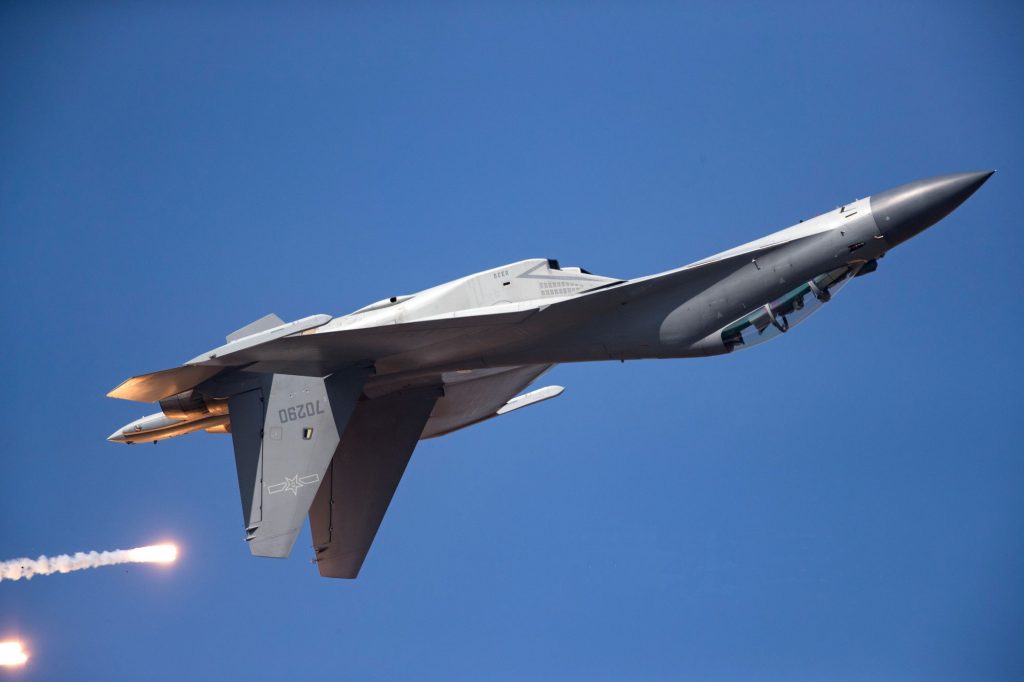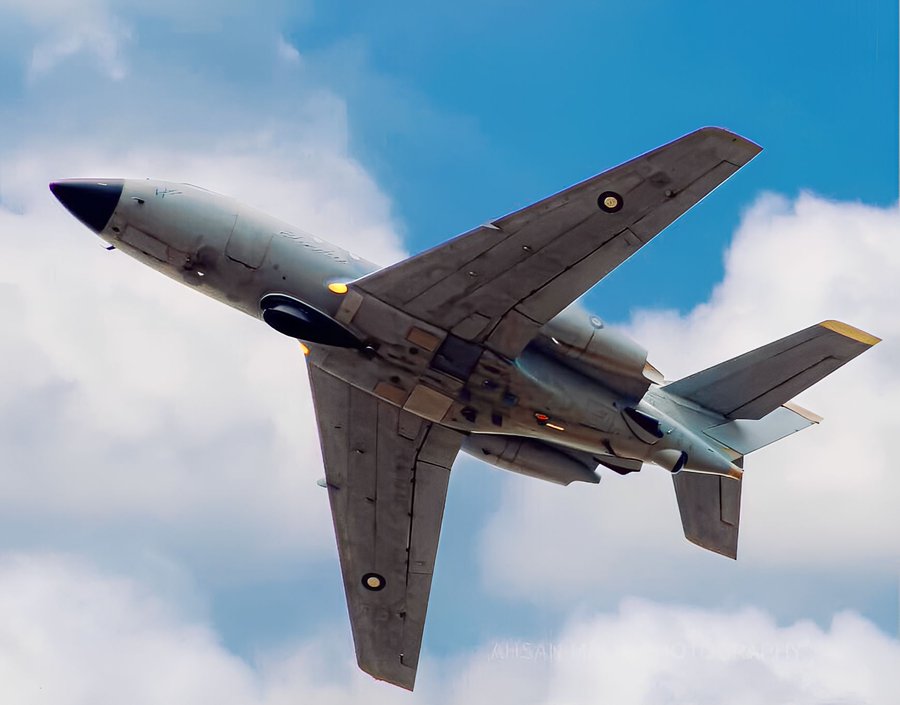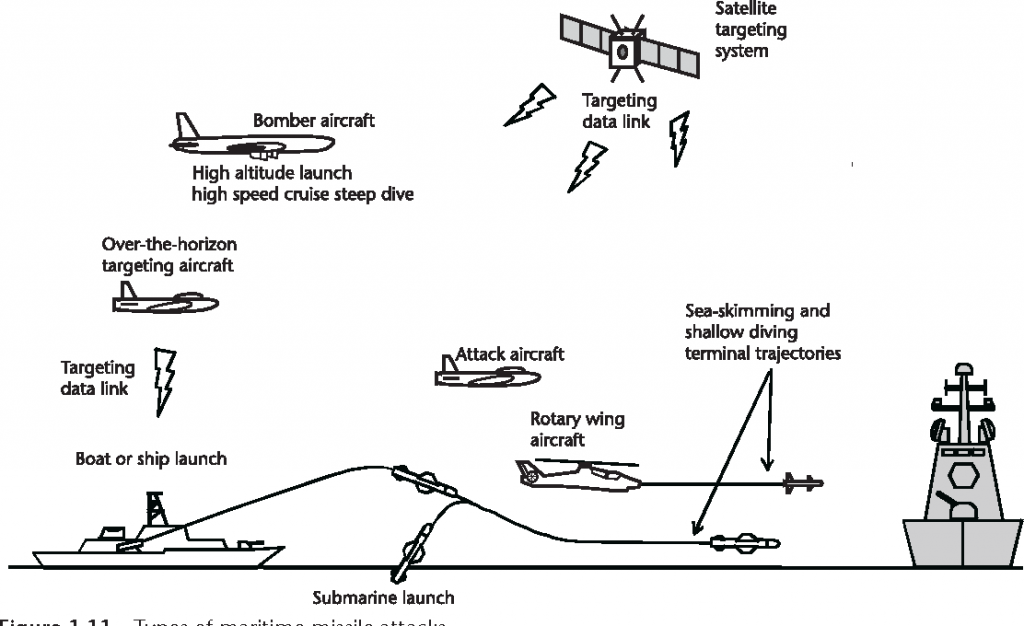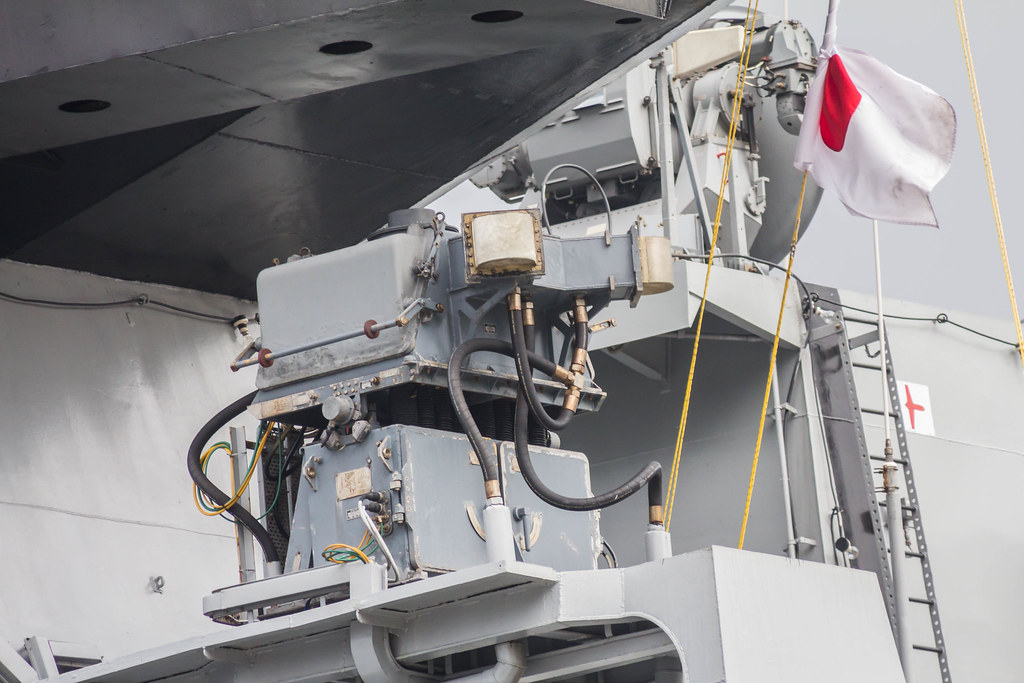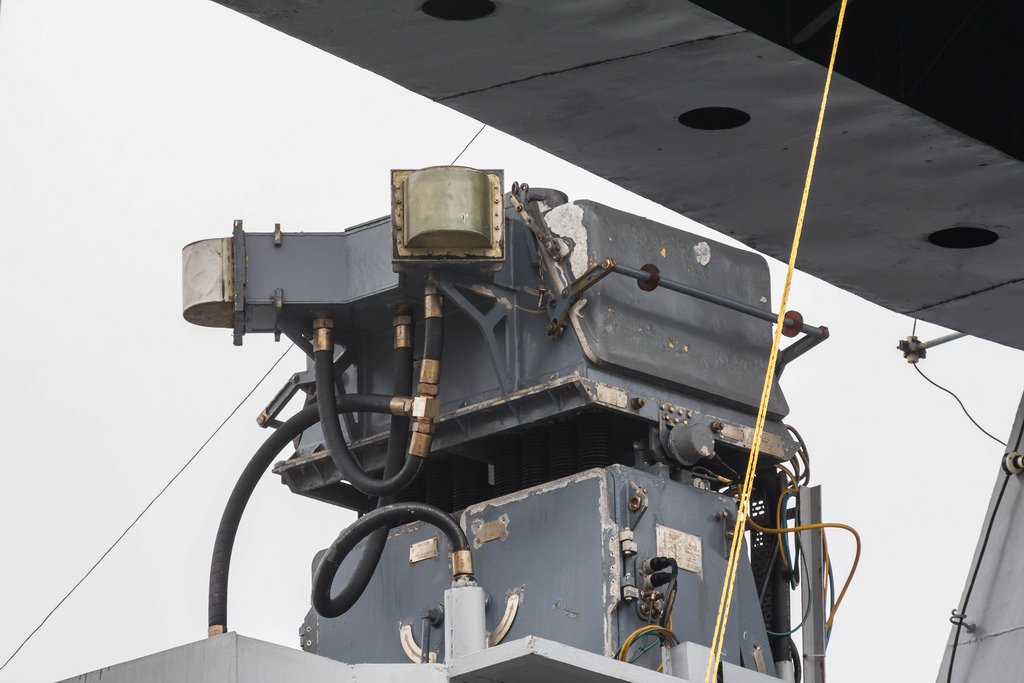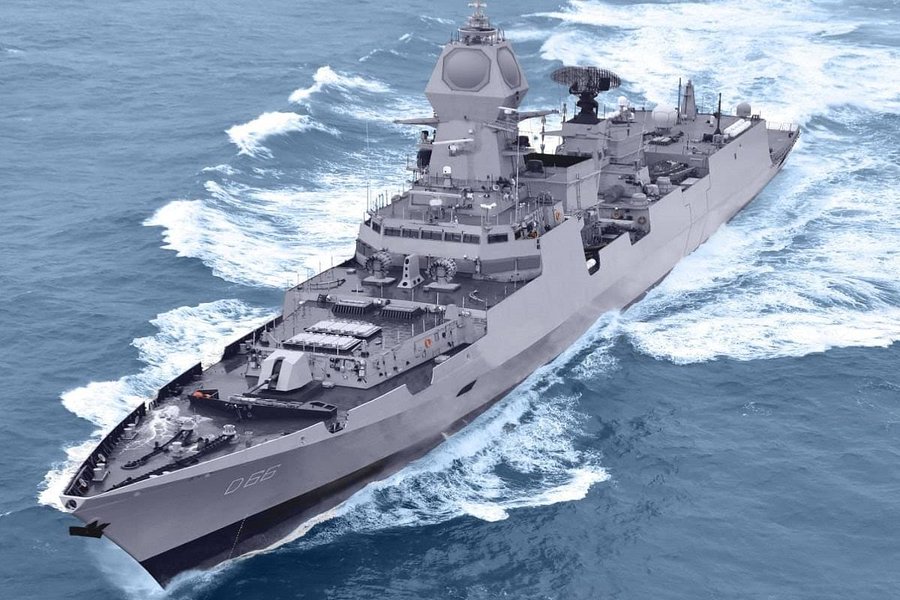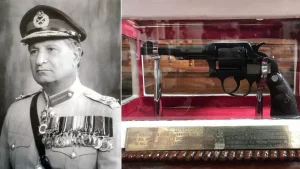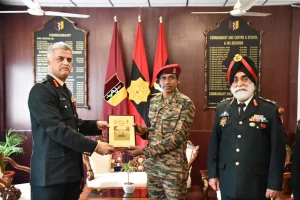EW aims to protect friendly access to the electromagnetic spectrum while denying the adversary the benefit of having unlimited access. When American bombers in Vietnam were equipped with jammer pods to reduce losses from surface-to-air missiles, EW proved to be crucial. In the fiercely contested battlespace of today, a strong electronic warfare capacity is necessary. A modern EW system that gives pilots an informational advantage is expected to help the Indian Air Force.
Additionally, Operation Mole Cricket 19 of the Israeli Air Force during the Gulf War showed how integrated air defences were susceptible to a combination of EW and SEAD/DEAD aircraft.
India and the need for Electronic Warfare
The largest foe of India is armed with the J-16D aircraft over the border. The J-16D is a Chinese-developed electronic warfare variant of the J-16 fighter jet that has a blanket aviation electronic system installed to improve precise capability and operational maneuvers on the axis of information and communication.
It is a twin-seat, multi-role aircraft with EW pods attached to the underside of the fuselage. Its objectives include electronic reconnaissance, communication disruption, and radar jamming.
The EW pods provide it the ability to conduct seamless monitoring and deception while also avoiding adversary radar systems. The J-16 may participate in both conventional and electronic warfare because it is also outfitted with air-to-air missiles. In contrast, the EA-18 Growler electronic warfare aircraft are available from the United States. The Growler, a F/A-18 Super Hornet derivative, will be stationed in Germany to strengthen NATO’s eastern flank while the conflict in Ukraine continues.
Also read: How Electronic Warfare System Revolutionized Dog Fights Between Fighter Jets?
Electronic warfare systems are used by sophisticated forces all over the world because today’s conflicts are reliant on information suites. The Indian Air Force’s operational and combat capability in a precarious regional security architecture might be anticipated to rise dramatically with the acquisition of its own EW equipment.
India and Electronic Warfare Suite Technology
The Indian Air Force is now investing in creating an enhanced Electronic Warfare (EW) suite for its fighter jet force in response to challenges from two rivals along its borders.
The Indian Air Force will receive a sophisticated electronic warfare suite for its fighter aircraft according to a new deal between the Ministry of Defense and industry partner Bharat Electronics Limited (BEL). The estimated overall cost of the contract is Rs 1993 crores, or roughly $26.5 million.
The 2019 battle between the Indian Air Force and Pakistani jets following the Balakot strikes as well as the standoff with China in the Eastern Ladakh region where both sides have activated their respective combat aircraft make the IAF’s EW suite deal essential.
Defense Research and Development Organization itself designed and developed the EW suite (DRDO). According to Ministry officials, the project embodies the spirit of Atmanirbhar Bharat and would support the achievement of the path to self-sufficiency.
The Instrumented Electronic Warfare Range (IEWR), an EW apparatus, would be developed by the BEL at a cost of Rs. 1109 crores. According to the Ministry of Defense, the IEWR would be used to evaluate and test aerial electronic warfare (EW) gear and certify its deployment in an operational environment.
Other major projects by DRDO
India’s top defence research and development organization, the Defence Research and Development Organization, previously created the ‘Shakti’ EW system for the Indian Navy. It was given to the Navy in November of last year and was designed for Indian Navy Capital Warships for the interception, detection, classification, identification, and jamming of conventional and modern radar.
The first Shakti system was deployed on the INS Visakhapatnam, and the INS Vikrant, India’s indigenous aircraft carrier, is now having the system installed.
India is now one of the few nations possessing an indigenous force multiplier utilized in electronic warfare thanks to the DRDO’s development of the “Uttam” AESA radar. The 95 percent indigenous composition of the Indian AESA radar includes just one imported subsystem.
The DRDO exhibited the Indian-made AESA radar ‘Uttam’ at this year’s Republic Day parade. It has the capacity to engage four targets simultaneously and track 50 objects in the sky over a distance of more than 100 kilometers. The LCA Tejas aircraft is supposed to incorporate this radar.
If you liked the article do share it with your friends. Follow SSBCrackExams for more such articles.
To crack the SSB Interview, You can join our SSB interview live classes batch and we recommend you to Enroll SSB INTERVIEW ONLINE COURSE. Trusted by thousands of defence aspirants.
Also read:
